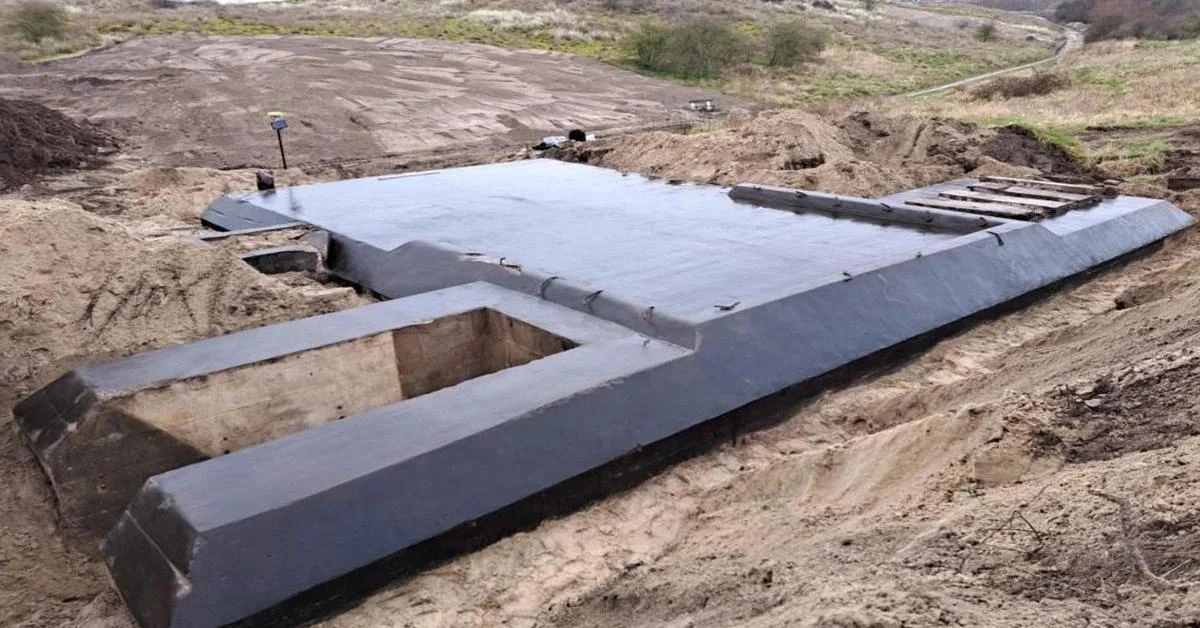World War II bunkers discovered during invasive plant clearance in Belgian park

Three intact World War II bunkers were discovered at Heist Willemspark in Belgium during a restoration project to remove invasive plants from the dunes
Three World War II bunkers were discovered during an invasive plant clearance at Heist Willemspark in the municipality of Knokke-Heist, on the Belgian coastline near the Dutch border.
During World War I, the park area was used as a German position for heavy artillery batteries known as “Freya” and “Augusta” and as a series of forward observation bunkers for surveillance of ships in the English Channel.
Some of these structures were reused by the German army during World War II and further fortified as part of the Atlantic Wall – which was built along the coast of continental Europe between 1942 and 1944.
The area of the Atlantic Wall in Heist Willemspark was designated by the German army as Stutzpunkt Heyst.

According to the Municipality of Knokke-Heist, the bunkers were discovered during the Nature and Forest Agency’s restoration project called LIFE DUNIAS.
Excavations at only a few meters of depth revealed three Gruppenunterstand Type VF2a bunkers. The VF2a was designed to house a Gruppe (the smallest German unit of 10 soldiers) operating forward radar positions. The bunkers at Heist Willemspark measured 6 by 7 meters on the outside and were covered by a 1-meter-thick reinforced concrete roof.
As part of the project, traces of a brick trench, a piece of concrete road, and a large amount of rubble, including various objects such as utensils, ammunition, cables, and water pipes, were also found.
“These remains show previous attempts to eradicate the park’s war history. The lighter structures were demolished and reduced to rubble.
At the same time, the more substantial bunkers were hidden by covering them with a layer of earth as if they had never existed,” a representative from LIFE DUNIAS said.
Source: Newsroom



